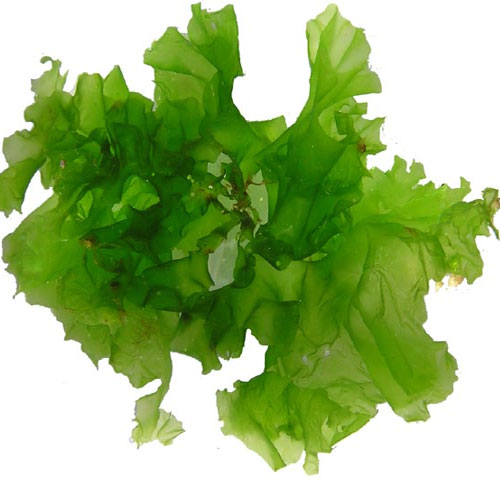Spinach | Nutrition Summary , Beneficial Properties
About Spinach Scientifically known as Spinacia oleracea; It belongs to the genus of Spinacia and…

Plants climb or creep on the nearby trees and walls and try its level best to survive on this planet for a lengthy period of time. Some creepers occupy major portions of the land while some occupy only minor portions. Some fast growing creepers like money plant are grown inside the garden as an ornamental plant since it brings luck and beauty to their houses. This topic will deal with a seaweed named sea lettuce which is a green algae found in bays and rocky areas around the world. This falls under the Phylum Cholorophyta and the botanical name of this plant is Ulva lactuca.
This wonderful plant is found in Europe, North America, Central America, Caribbean Islands, South America, Africa, Indian Ocean islands, South-West Asia, China, Pacific Islands, Australia, and New Zealand. This seaweed is naturally found in sheltered or moderately exposed rocks and shores, pool areas, shallow water, brackish waters and grows rapidly. The seaweed is found abundantly in Irish shoreline. This seaweed grow attached to without a stripe, to rocks, other seaweeds and various substrates, by a disc shaped holdfast.
The fronds within the water resemble lettuce leaves, hence the name Sea Lettuce. Plants tend to be pale green when young, bright green when mature and dark green when old. This seaweed grows wonderfully in high and low intertidal zones where the water is 75 feet deep. This seaweed grows perennially and blooms more in the summer. This sea lettuce which is bright green in color has lobed, ruffle-edged leaves that are coarse and resemble a leaf of lettuce. The leaves may appear flat, thin, rounded or oval. These seaweeds are largely found where the sewage runoff is very heavy.
Seaweed (or sea lettuce) has long been used in traditional medicine, primarily for its high mineral content, which helps to promote health. It can also be used to treat some skin conditions such as eczema and psoriasis, as well as digestive and metabolic disorders. It may also help to reduce inflammation, boost the immune system, and reduce the risk of certain chronic diseases such as cancer. It is important to note, however, that more research is needed to fully understand the potential medicinal uses of seaweed. Sea lettuce may also be beneficial for oral health. It contains a compound called alginic acid, which can help to reduce the growth of bacteria in the mouth, reduce bad breath, and protect against gum disease. Lastly, sea lettuce has been used as a natural remedy for fatigue and exhaustion. The high content of vitamins and minerals may help to replenish energy levels and keep the body energized
Most of seaweeds are washed up on beaches where their decay becomes methane, hydrogen sulfide, and other gases. In the year 2009, large volumes were washed up on the beaches of Brittany, France. When large quantities of sea lettuce decay in the sea, it generally become threat to the human beings since these decayed materials will have dangerous toxic substances as mentioned above.